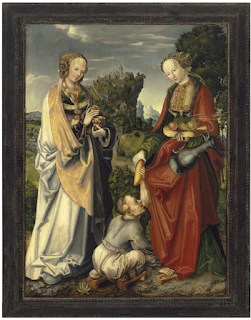A life less worth living: "Agent Orange" and the representation of disability in the War Remnants Museum

By Gaby Admon-Rick and Ahiya Kamara Neuygen Thi Men Neuygen Thi Men lives in the Vu Thu district, Thai Binh province. When the original photo was taken by the photographer Doan Duch Minh, she was 21 years old. "Tragically," as the text beneath the photo reads, "she must remain in a cage-like enclosure all her life. All day long, Men attempts to chew and swallow anything within her grasp. Suddenly, as she recognizes her father, she extends her hand through her enclosure, reaching for him. Her father, Nguyen van Hang spent fighting in the Trung Son Mountains he was contaminated by Agent Orange." Neuygen Thi Men and many more people with disabilities are presented at a special exhibition on Agent Orange at the War Remnants Museum in Ho Chi Minh City. The Museum is a "must" for visitors to Vietnam, interested in learning about the Vietnam War from a Vietnamese perspective. Like many other war museums all over the world, the museum includes details of
